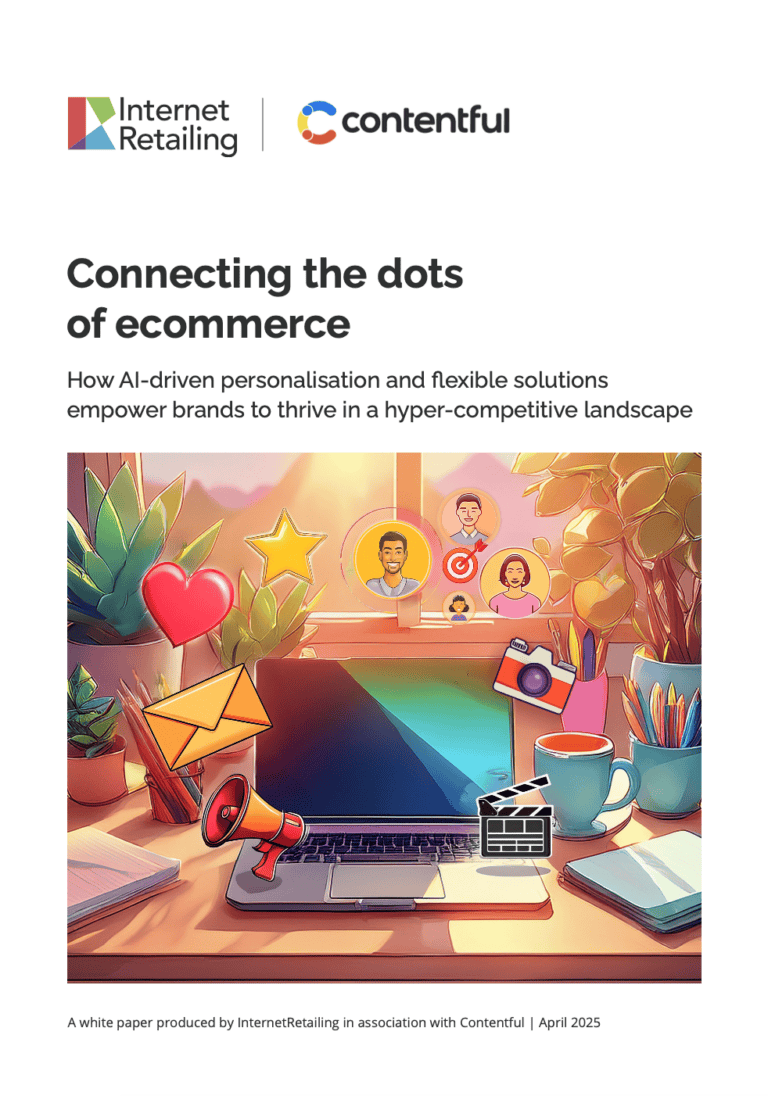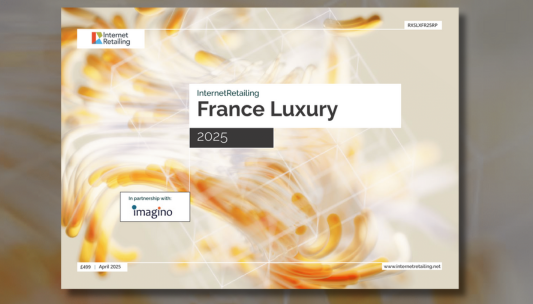So 4G is nearly upon us and while George Osbourne has to explain to his boss (at in Berlin lol) why the auction for the licences raised ‘only’ £2.3billion – more than a billion short of expectations and a paltry tenth of what the 3G licence auction raised back in the day – the rest of us can look at what it means for our businesses.
And the answer is, the go all Paul Daniels on you, not a lot. OK, so it will allow for really fast video downloads and multiplayer gaming. But does that really bring anything to the party for retailers?
Unless you are looking at developing really rich user experiences that involve video (or indeed games) the only advantage to 4G is that you are able to get stuff out to people more rapidly. As we are discovering in the run up to IRX 2013 on 20 and 21 March in Birmingham, m-retail strategies are now centring not so much on the content but on the experience and on the data that they can gather about your consumers.
4G does little to help with this. It doesn’t get anyone over the fundamentals of screen size and the more fleeting nature of using a phone on the fly.
The flip side of this is, of course, that the advent of 4G doesn’t mean you have to rethink all your investment in mobile. Until there are sufficient user numbers – and that is going to rest of the cost of the service (though Three has set the bar low by saying it won’t be charging a premium for it – the jury is really out as to how retailers should respond.
The second question is whether consumers are actually going to be bothered to sign up. UK operator Everything Everywhere (EE) has already rolled out 4G using existing spectrum and, while it has not released any user figures, it has had to cut its 4G tariffs twice and, one would assume, had it been a rip-roaring success they’d be bragging about it.
EE has revealed that the customers who do use it are spending about 10% than normal customers, but one can only assume that they are high earning early adopters who have gone for it and possible their phone usage is being paid for by their company.
And spending on mobile is something that is improving in leaps and bounds. As our top story reveals, people are moving away from micropayments (typically things under £2) towards spending larger sums through mobile.
Of course with PayPal and pre-registered cards on many key m-commerce sites this is a moot point, but it seems that consumers are starting to pay more using their mobile. This is good news for the m-payments lobby who need to see some consumer buy in. Pity 4G doesn’t really do much to encourage mobile payments.









